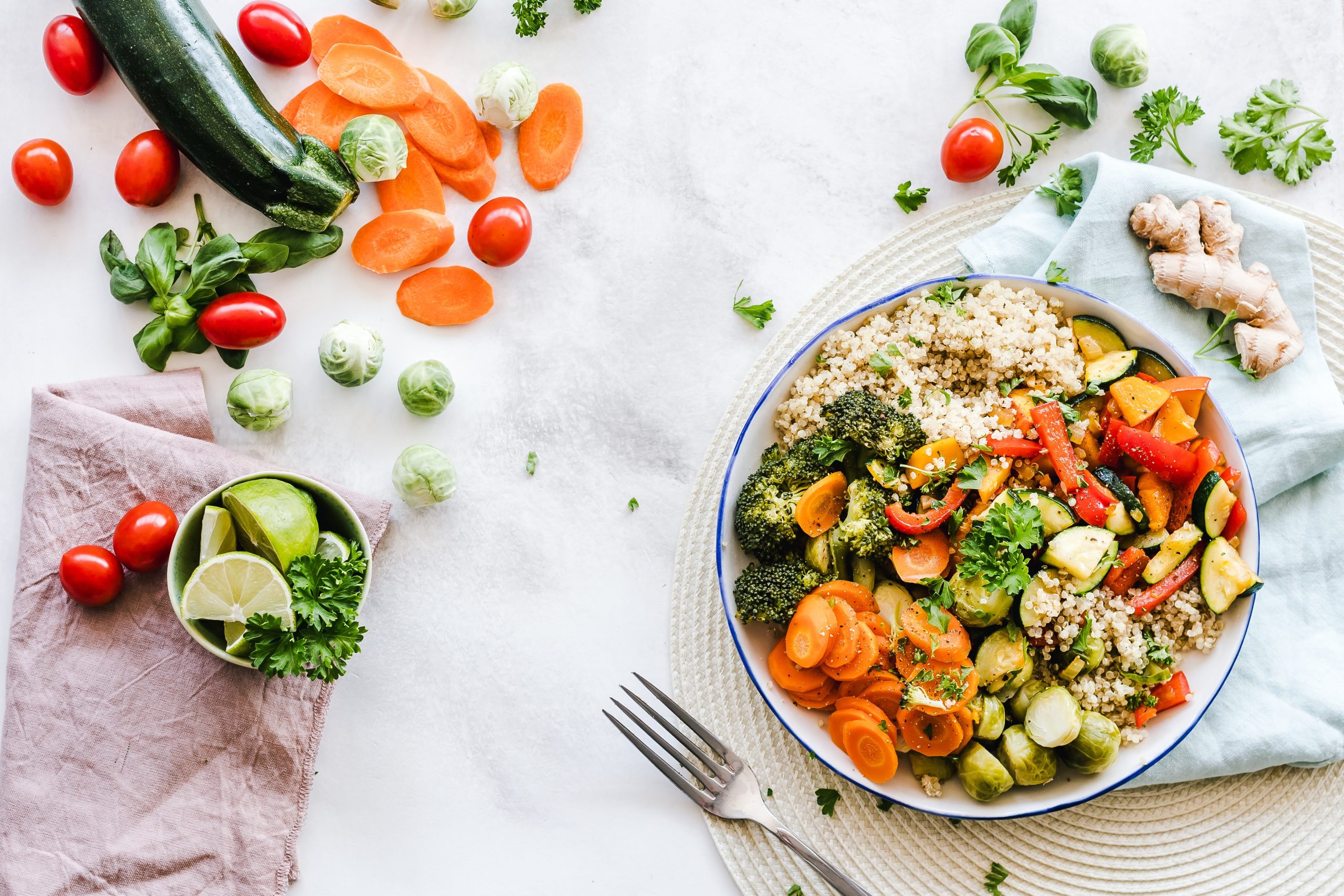Nobody can seem to make up their mind about coffee. Evidence suggests that caffeine consumption can lead to elevated cortisol levels (which amount to increased stress), disrupted sleep patterns, and whacked out adrenals.
Other health experts claim that caffeine’s drawbacks are outweighed by coffee’s benefits. They insist that this beloved morning beverage can be incredibly beneficial for your health, provided that it’s enjoyed in moderation—after all, it’s high in antioxidants, curbs inflammation, and even protects the brain.[1]
Wherever you stand on the issue, one thing’s for sure: there’s some kinds of coffee that are far less healthy than others! In fact, some varieties carry so many health issues that they probably give high-quality, health-supporting coffees a bad name!
Anatomy of a healthy cup of coffee
Unfortunately, it takes quite a bit of diligence to make sure you’re drinking a healthful cup. Every step along the way, from bean selection to drink preparation, affords an opportunity to go astray.
Consumer society values convenience far more highly than healthfulness, so don’t expect to enjoy impeccably healthy coffee without having to work a little for it (or without paying a premium for it in boutique coffee shops that pay attention to all the right details).
Here’s a rundown of what separates good coffee from bad coffee. Coffee geeks would certainly take each aspect of this discussion much deeper (there’s an art and a science behind great coffee), but in this article, we’re mainly concerned with the core factors that keep coffee as healthy as possible.
Quality beans. Any commodity that’s produced on a wide scale falls victim to the industrial methods that create unsustainable, unhealthy products. Coffee beans are certainly no exception—coffee is one of the most widely consumed beverages on the planet, second only to water, so it’s no surprise that mega-plantations use questionable production methods in order to keep up with demand.
A large percentage of coffee beans are grown with noxious pesticides and other chemicals, which inevitably find their way into the final brew. Additionally, coffee beans are often stored for unacceptable lengths of time before even being offered for sale—this process ensures that most coffee beans are riddled with mycotoxins, which wreak havoc on the body.
Always make sure your coffee beans are organic, fair-trade, and shade-grown. If you really want to get picky, stick with one of the rare companies and coffeehouses that laboratory test their beans for mycotoxins.
Fresh grinding. Coffee beans should always be ground fresh, right before you make your coffee. Even grinding coffee more than a day or two ahead of time can accelerate the growth of mycotoxins and cause your coffee to rancidify. You can imagine, then, how toxic pre-ground coffee becomes when it sits on store shelves for weeks or even months.
Keurig-Cups or “coffee pods” are made of toxic plastic and aluminum, are non-recyclable, and almost always contain coffee that’s either flavored with chemicals, grown with loads of pesticides.
Needless to say, this means that instant coffee, “Keurig Cups,” or any other pre-ground coffee novelty is out of the question if you want to keep your cup of joe healthy.
Besides, there’s all sorts of other issues with pre-packaged coffee pods and single-serve coffee machines. The pods or K-Cups are made of toxic plastic and aluminum, are non-recyclable, and almost always contain coffee that’s either flavored with chemicals, grown with loads of pesticides, or both. To top it off, single serve machines suffer from rampant mold and bacteria growth. This highly popular method of brewing coffee is in many ways the worst possible one for your health.
Brewing method. As long as you’ve avoided all pitfalls listed above (and as long as you avoid single serve machines like the plague), brewing method won’t make much of a difference when it comes to your coffee’s healthfulness (though it will certainly affect its taste and quality).
If you choose to use a drip coffee machine, just make sure to choose one that can be easily cleaned, so that it doesn’t build up a biofilm of mold and bacteria. Using a French press is a much cleaner method, though some studies have shown French press coffee to be higher in cafestol, which can raise triglyceride levels. We prefer using a Chemex or a single-cup pour-over setup—no possibility of mold buildup, balanced extraction (no elevated cafestol levels), and an unbeatable, smooth taste.
Cream and sugar? Lastly, it’s worth noting that neither cream or sugar are very healthful. It’s these unhealthy (but delicious) additions that make fancy café drinks so atrocious for your well-being and waistline.
If your goal is to create the healthiest cup of coffee possible, try omitting sugar (or use a more natural sugar like “raw” sugar or honey) and substituting cream for homemade almond milk (it actually comes pretty close). You can even try making a “bulletproof coffee” for an extra boost: mycotoxin-free coffee with grass-fed butter and coconut oil (or MCT oil).
Drink responsibly
Paying attention to all of these factors may seem a bit complicated, but it’s worth it. Remember, though: no level of diligence is an excuse for excess caffeine consumption. As the lengendary physician Paracelsus said, “the dose makes the poison.”
Coffee may not be the next superfood, but if you follow the guidelines laid out above, you can enjoy your morning boost guilt-free—and glean some health benefits in the process.
References






